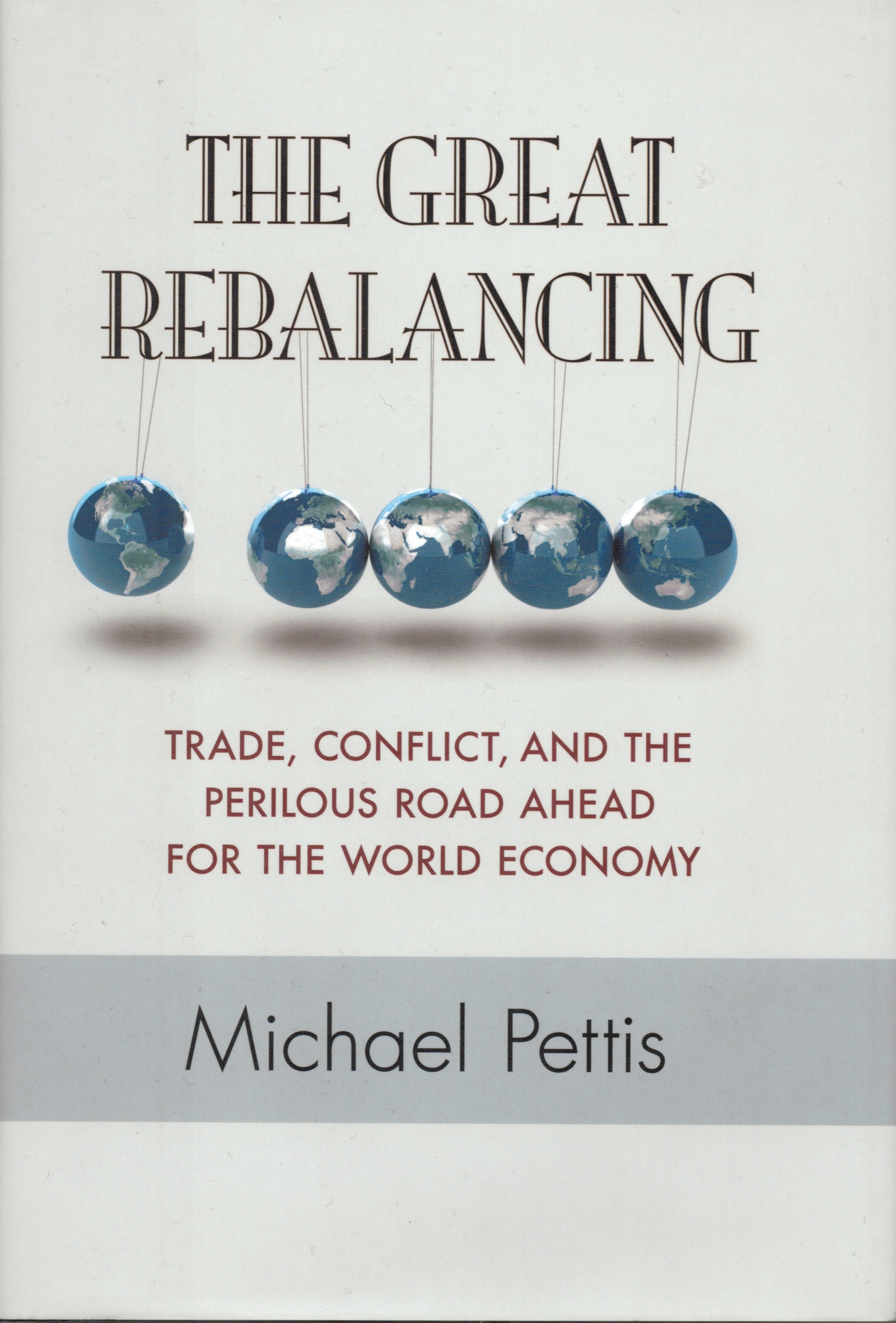I’ve been waiting for this book for over 10 years.? When Michael Pettis wrote The Volatility Machine, he explained how emerging market countries imported the monetary policies of the developed countries.
Now, in the present mess of economic policies put forth by most governments in our world, he explains how the debt and trade imbalances will eventually have to balance.
We’ve had other economic eras where trade did not balance.? In the era of mercantilism, trade did not balance, because? the mercantilistic countries sought gold, and adopted policies that favored exports, so that their nation would receive gold.? Smart, huh?
Well,? no.? Gold is good; I like it, and it preserves value better than anything else, but when you take actions to disproportionately get gold, you overpay for it.? Then when you realize your error, and start to sell gold for goods, the market knows that you are selling, and the value of gold falls.
That is why countries that force growth tend to lose.? Because they force growth through overinvestment, they look like stars for a time, but eventually the declining marginal productivity of capital catches up with them, as it did with Japan in the late ’80s or early ’90s, and the Soviet Union in the 1970s.
Governments are no good at directing growth.? We knew in the late ’70s that import substitution did not work.?? It took 20-30 years more to realize that export promotion does not work long-term.? Happily, my old professor Bela Belassa never lived to see his theories repudiated.? (He was a cold guy, but not totally; he had mercy on me once, and for that I am grateful.)
Back to Pettis: his main argument is that the surplus countries must take losses over loans to deficit countries.? The loans were made in bullish times, and from any reasonable standpoint, they were bad loans.? Therefore the lenders should compromise with the borrowers, and both sides take losses.
This applies to China versus America.? China will not get repaid in the same purchasing power as they lent.? If China wants to thrive, it will need to take steps it has been unwilling to take politically, and free much more of the economy from government and Party control.? Only that can boost domestic consumption as a fraction of GDP.
This applies to Germany versus the rest of the Eurozone.? They won’t get paid back in the same terms; either there will be discounts in Euro terms, or some nations will leave the Eurozone.? The alternative is Federal Europe, where losses are shared across the nation, much as California subsidizes Maryland.
One way or another, just as the mercantilists lost, so will the surplus nations lose today.? It’s just a question of when and how.
Quibbles
I can’t get into? SDRs [Strategic Drawing Rights] of the IMF as a currency.? Currencies either need gold or taxation authority behind them.? Further, taxation authority requires police power to enforce taxation, which is not the case.? SDRs are a cute idea that some academics fall for, but are not a real world solution.
For those who read his e-mails regularly, 25% of the book will be “old hat.”
Who would benefit from this book: Anyone who wants to understand international economics better will benefit from this book.? I cannot recommend it more highly.? If you want to, you can buy it here: The Great Rebalancing: Trade, Conflict, and the Perilous Road Ahead for the World Economy.
Full disclosure: I received a free copy from the publisher.? Though I have never met him, I have conversed with the author via e-mail.
If you enter Amazon through my site, and you buy anything, I get a small commission.? This is my main source of blog revenue.? I prefer this to a ?tip jar? because I want you to get something you want, rather than merely giving me a tip.? Book reviews take time, particularly with the reading, which most book reviewers don?t do in full, and I typically do. (When I don?t, I mention that I scanned the book.? Also, I never use the data that the PR flacks send out.)
Most people buying at Amazon do not enter via a referring website.? Thus Amazon builds an extra 1-3% into the prices to all buyers to compensate for the commissions given to the minority that come through referring sites.? Whether you buy at Amazon directly or enter via my site, your prices don?t change.


One thought on “Book Review: The Great Rebalancing”